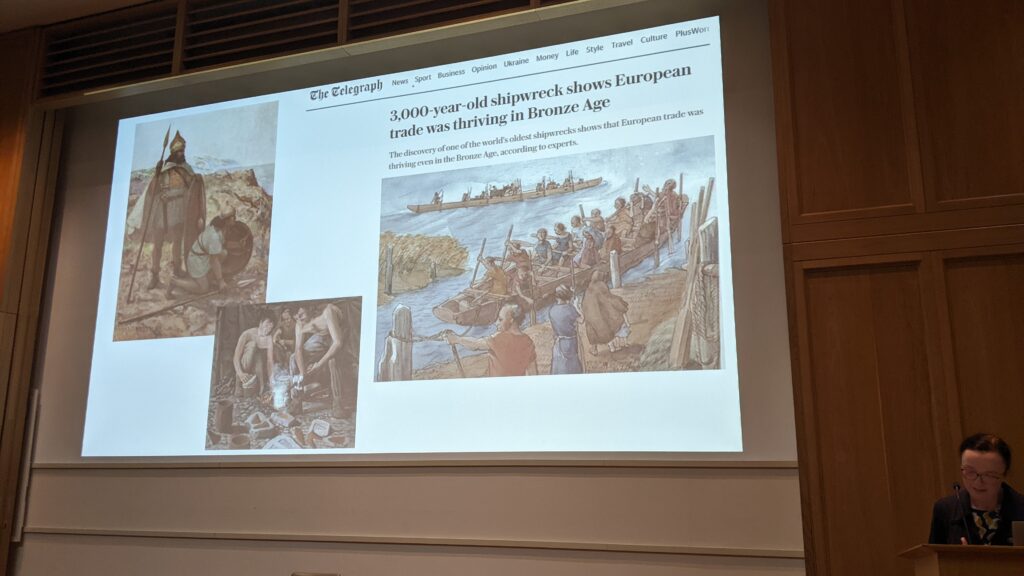Although cattle and sheep were central to the everyday lives and wellbeing of Bronze Age communities in northwest Europe, they are strangely lacking from our narratives of the period. After the Neolithic, it seems, archaeologists rarely consider domestic animals to be interesting. However, Bronze Age people clearly thought otherwise, as the careful deposition of complete and partial animal bodies in graves, pits and ditches suggests. The traces of cattle and sheep are present in other ways too, in hoofprints around waterholes and in landscape features like droveways that appear at this time, but we too rarely consider what such evidence can tell us beyond the economic significance of animals and their products. Integrating multispecies and posthumanist perspectives that highlight how living with animals involves intimate interaction and interdependency, we ask how it might be possible to explore the role of cattle and sheep as active participants in Bronze Age social worlds. By reconstructing the intertwining of people and animals in life and death, we can consider how together they generated Bronze Age worlds of work, sociality and meaning.

The impact of #colonialism, this narrative, has shaped our history. We need to decolonise this excerpted story.
#Animals as economic and status significance, rather than looking at animals in their own sense. Living with connection to them, Proximity to Humans, animals sharing houses.
Science and isotopes
Wild animals. In twining human and animals lives in the Bronze Age.
Arcology of ideology, shifting our view away from the current mess. Searching for care and community in human history, agenst the modernist view of individualism and hierarchy. Can bone, stone and layers of soil tell this story.
Can we learn about human relations from animal study’s.